This church was originally founded in 1877 and was, ironically, located in a slave trader's den. The red brick building that exists today was built between 1883 and 1889. As the cobble-stone streets were dismantled and discarded, the African American community gathered them to build the church at this location.
We arrived about 5 minutes before the start of a tour. It begins in the lower level of the church with a 17-min video about the church, Dr. Martin Luther King, Jr.'s time here as a pastor, and the Civil Rights movement.
The church has a been committed to community service since its inception. Dr. Martin Luther King, Jr., served as the pastor here from 1954-1960. His office in the lower level of the church was the headquarters for the 1956 Montgomery Bus Boycott inspired by Rosa Parks.
Originally named the Second Colored Baptist Church, the name was changed to the current name (Dexter Avenue King Memorial Baptist Church) in 1978.
John W. Fegan painted a 10' by 47' mural that depicts scenes of MLK's journey from Montgomery to Memphis during the Civil Rights Movement.
MLK first preached his message of hope, brotherhood, and non violence, from this modest pulpit. It was used in the movie, Selma, and is signed by the actor who portrayed MLK, David Oyelowo. Pretty cool! The first photo is of our awesome tour guide. She was fantastic!
An autographed poster of Rosa Parks can be seen in the lower level along with a painting of MLK and others on a bus. When the bus driver told Rosa to give up her seat on a bus for a white man, she refused resulting in her arrest and incarceration. This began the 382 day bus boycott in Montgomery.
The tour continued upstairs to the church. So many powerful sermons were delivered here by MLK and the many other pastors that have served this congregation.
We were on the tour with three ladies from Vermont. Near the front of the church our guide had us all hold hands and sing "We Shall Overcome" and "Let It Shine" followed by a prayer. Honestly, it was very moving and inspirational. John felt the same!
Outside, this dogwood tree was planted in memory of MLK, Jr. The "may peace prevail" sign is located nearby.
Tours are given hourly Tuesday through Friday from 10 am to 3 pm (except noon). On Saturdays tours are available 10 am, noon, and 1 pm. Worship services and Sunday school are held on Sundays. For additional information, go their website at www.dexteravenuekingmemorial.org.
Just a couple of blocks up from the Church is the Alabama Capitol Building. Dexter Avenue is where Jefferson Davis's inaugural parade marched to the Capitol where he took the oath of office as President of the Confederacy in 1861. In 1965, Dr. King addressed a crowd of 25,000 that had gathered (including the tired but jubilant marchers from Selma to Montgomery) with famous, "How Long, Not Long" speech.
Dr. King approached the entrance to the Capitol to present then-governor, George Wallace, with a petition regarding the right for African Americans to vote in the state of Alabama. State troopers blocked the entrance declaring that Wallace was not there. While everyone waited (with the news cameras rolling) a secretary eventually came out to get the petition. President Lyndon B. Johnson signed into law the Voting Rights Act later that year that prohibited the practices used to keep blacks from voting. Federal registrars were also sent to Alabama and other states where voter rights had been violated since the late 1800s to assure the law was implemented.
Many African Americans were elected to the Alabama Legislature from 1868 to 1879, but after that Jim Crow was enacted and blacks could not register to vote. As described above. That ended in 1965, almost 90 years later.
This statue was erected by the Alabama State Fraternal Order of Police in 1986 to commemorate their service to the state. Flags of the 50 states can be seen in a semi-circle behind the statue.
At the opposite end of Dexter Avenue (from the Capitol building) is the Court Square, the historic hub for business in Montgomery. The Court Square Fountain, cast by J.L. Mott Iron Works in NY, was positioned over Artesian Basin in 1885. This is also the location where slaves were auctioned along with land and livestock.
Rosa Parks boarded the bus at this location on December 5, 1955. After a long day working as a seamstress, she refused to give up her seat to a white man. Her arrest, conviction, and fine launched the Montgomery Bus Boycott. The case was eventually heard by the US Supreme Court who ordered integration of public transportation one year later.
Rosa and her family relocated to Detroit, MI, in 1957, as a result of local hostility after the US Supreme Court ruling on integration.
Commissioned by Central Bank president, William Knox, Stephen D. Button of Philadelphia, designed this building that was completed in 1856. The bank, that had generously supported the Confederacy, was bankrupt by the end of the Civil War. Other banks occupied the building until it was sold to jeweler Klein & Son in 1923. They occupied the building for 60 years. In 1985, it became home to the Arts Council of Alabama.
We enjoyed learning more about the significant historical events that occurred along Dexter Avenue in Montgomery. The tour of the church was the highlight of the day! There was very little traffic and plenty of free parking in the area on a Saturday.
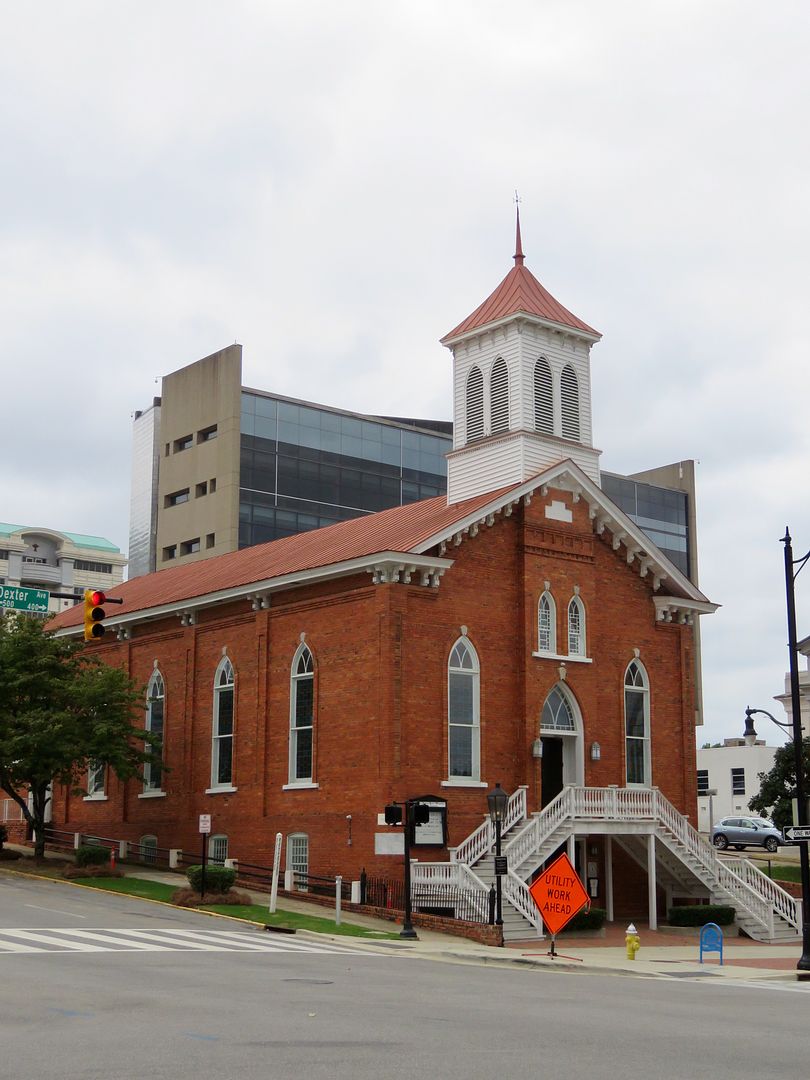
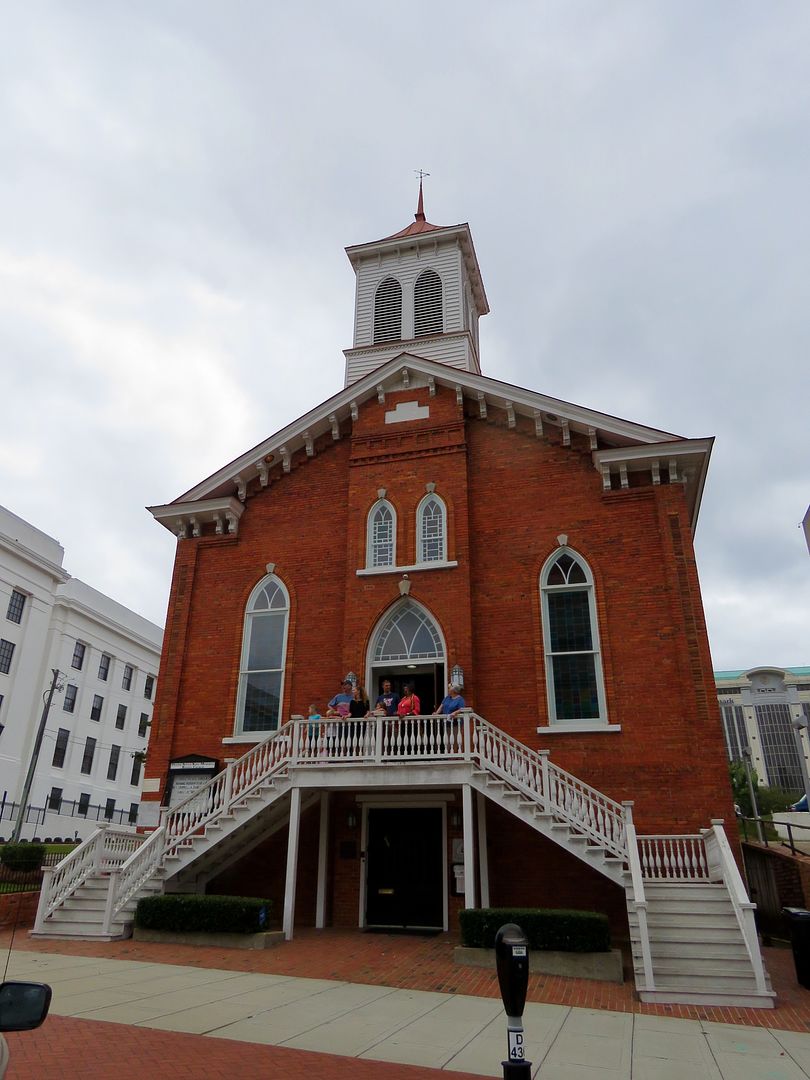
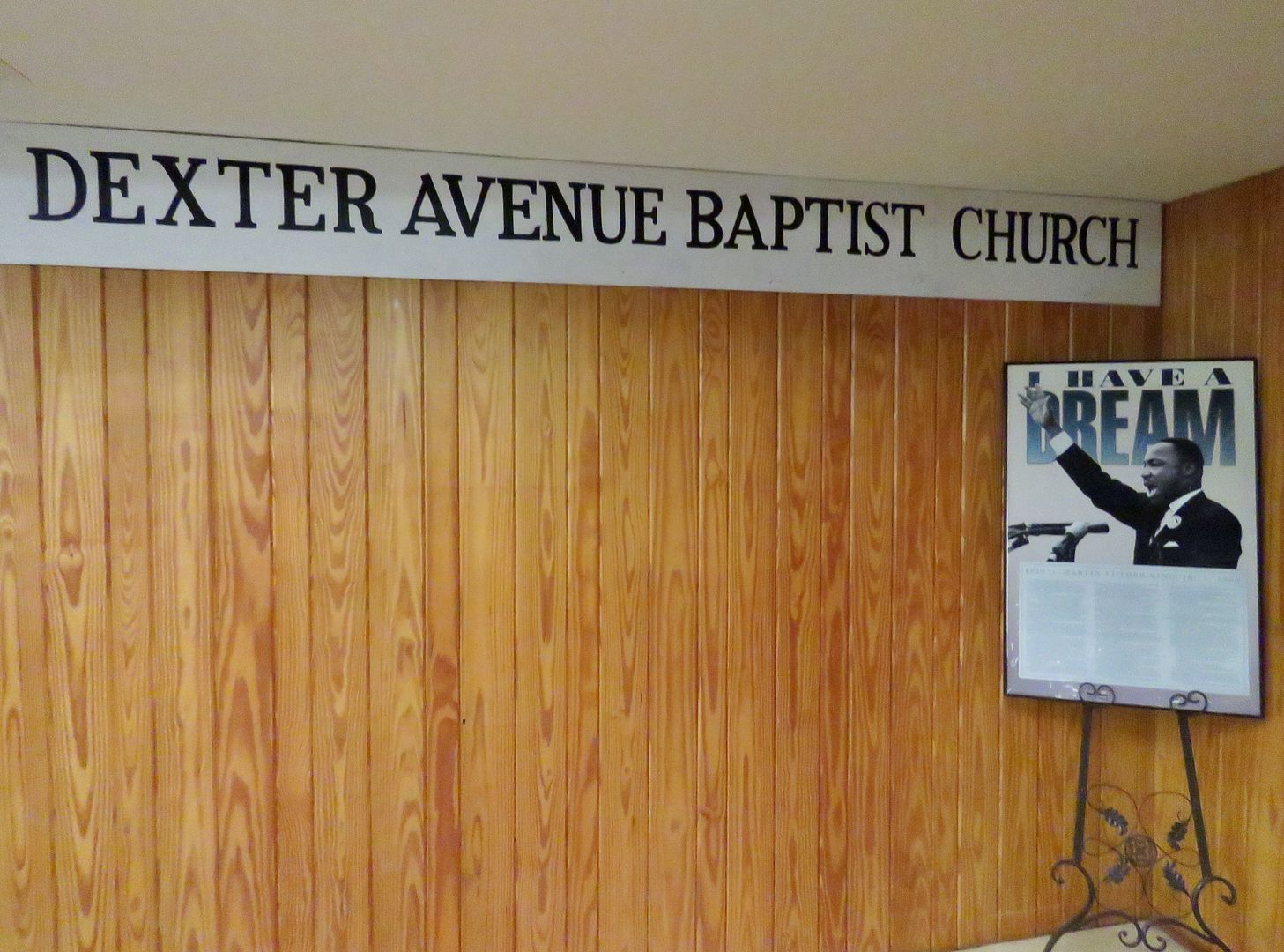
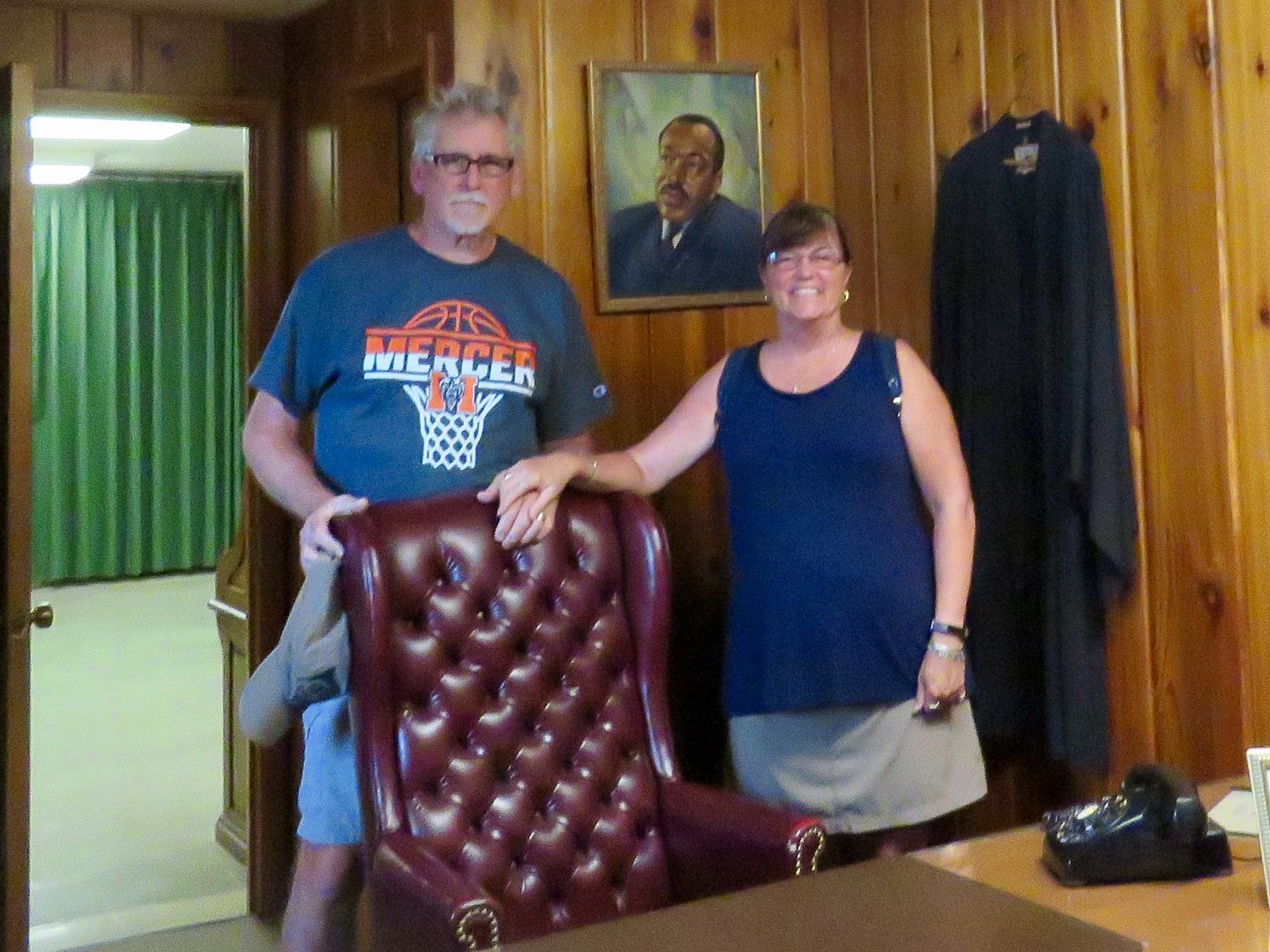
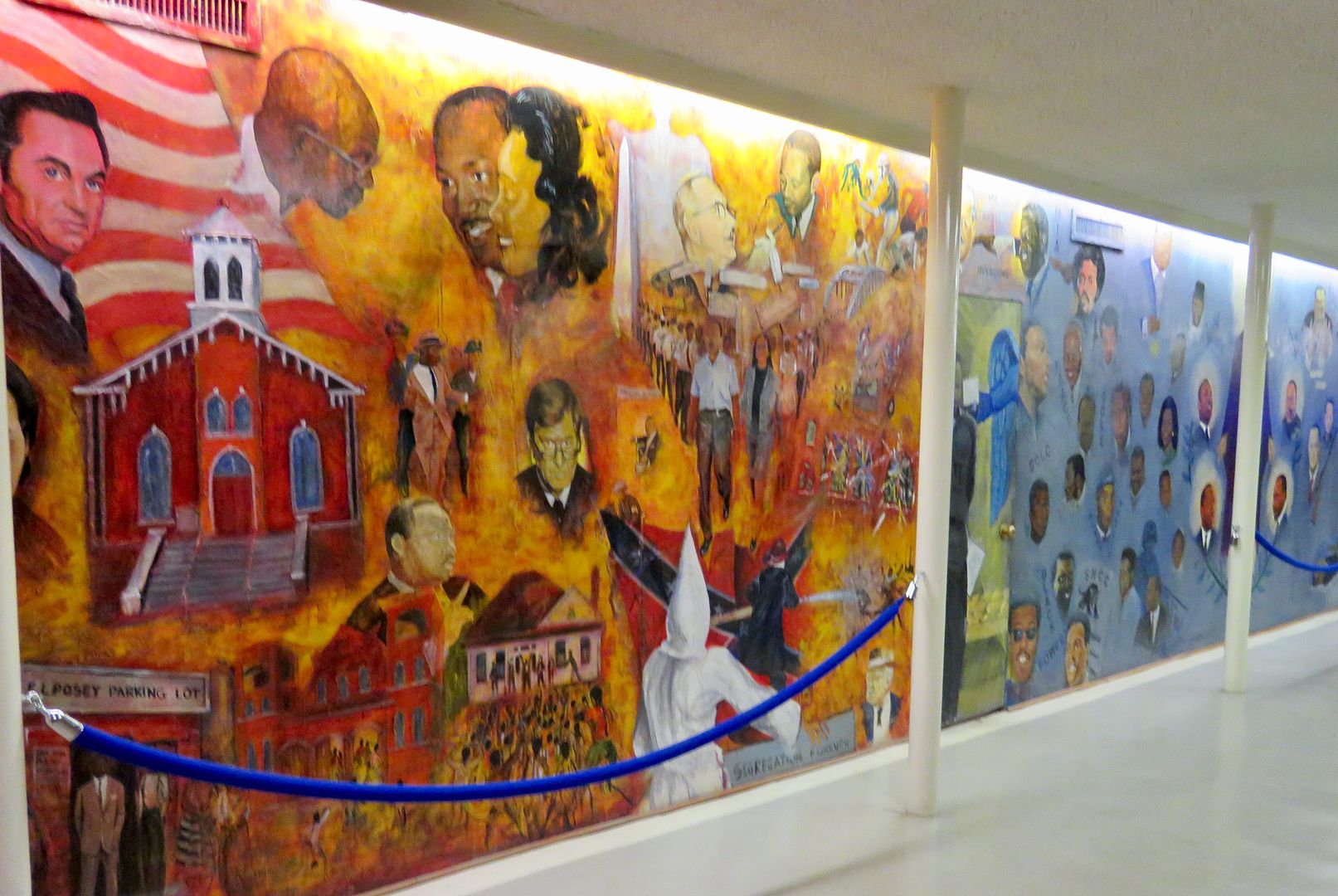
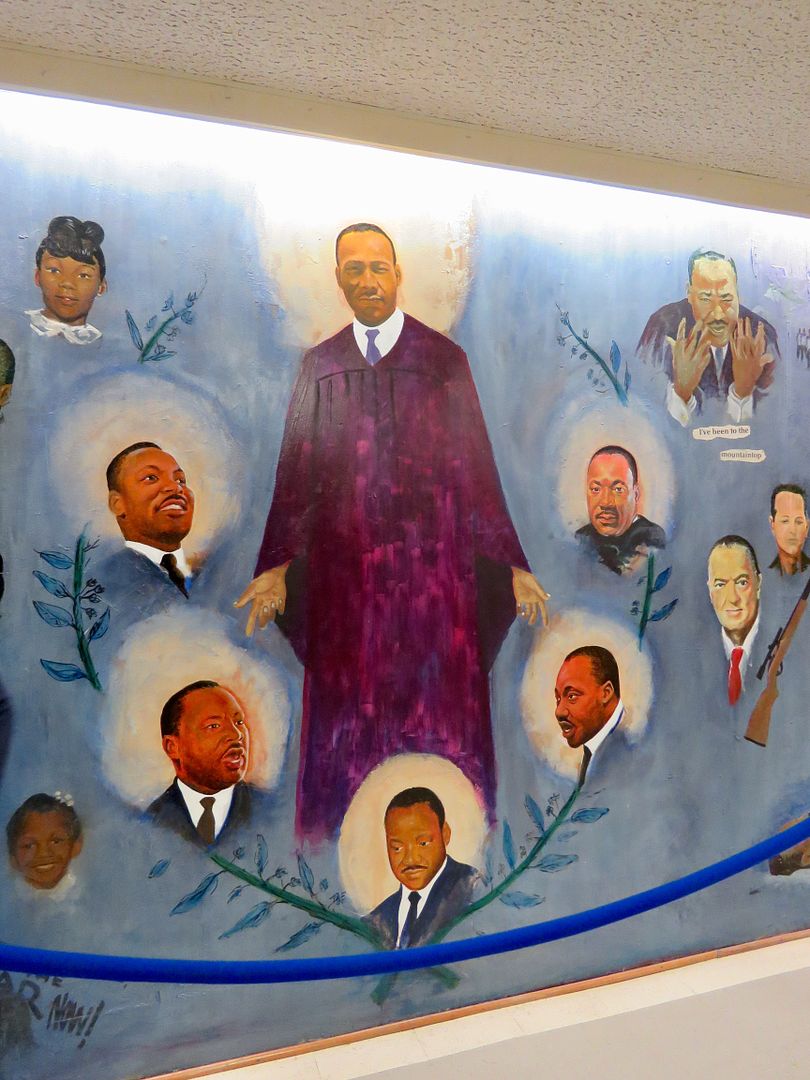
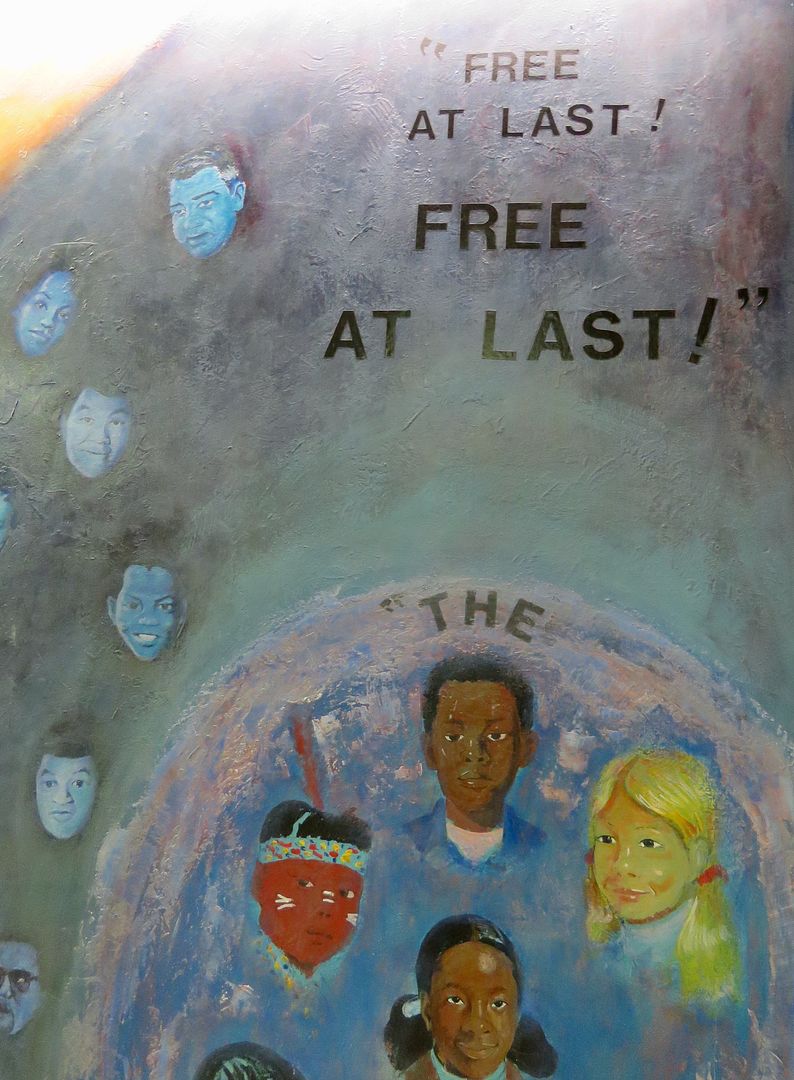
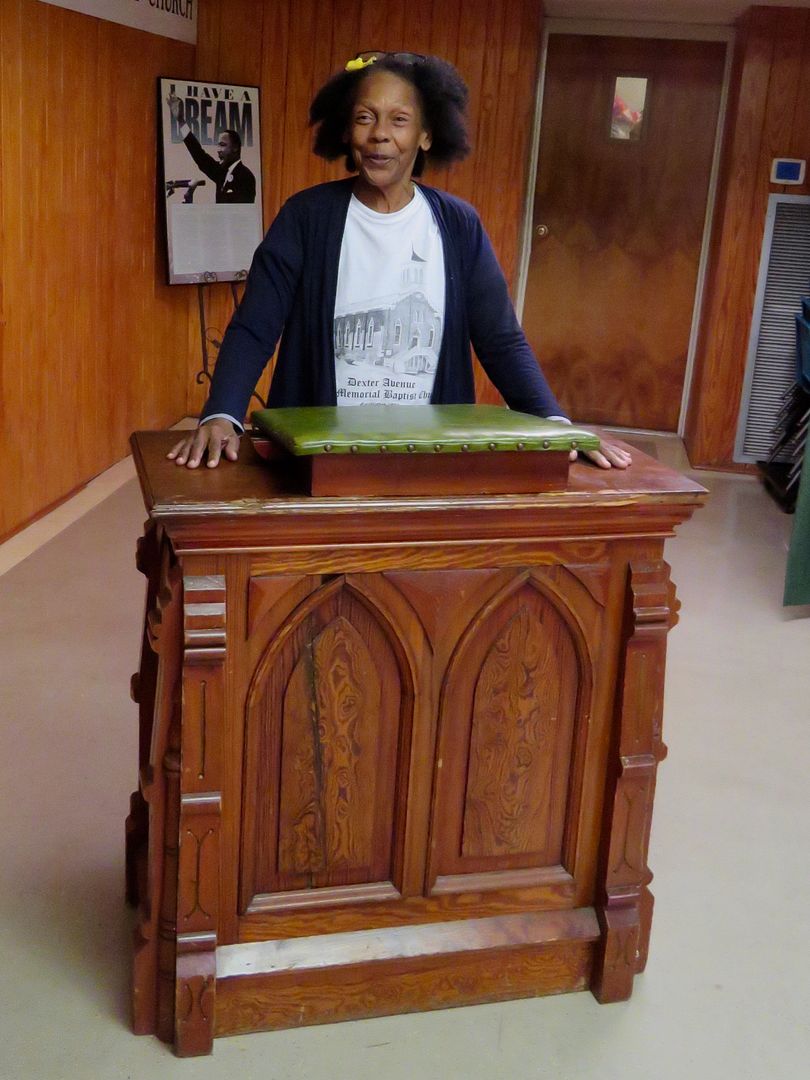
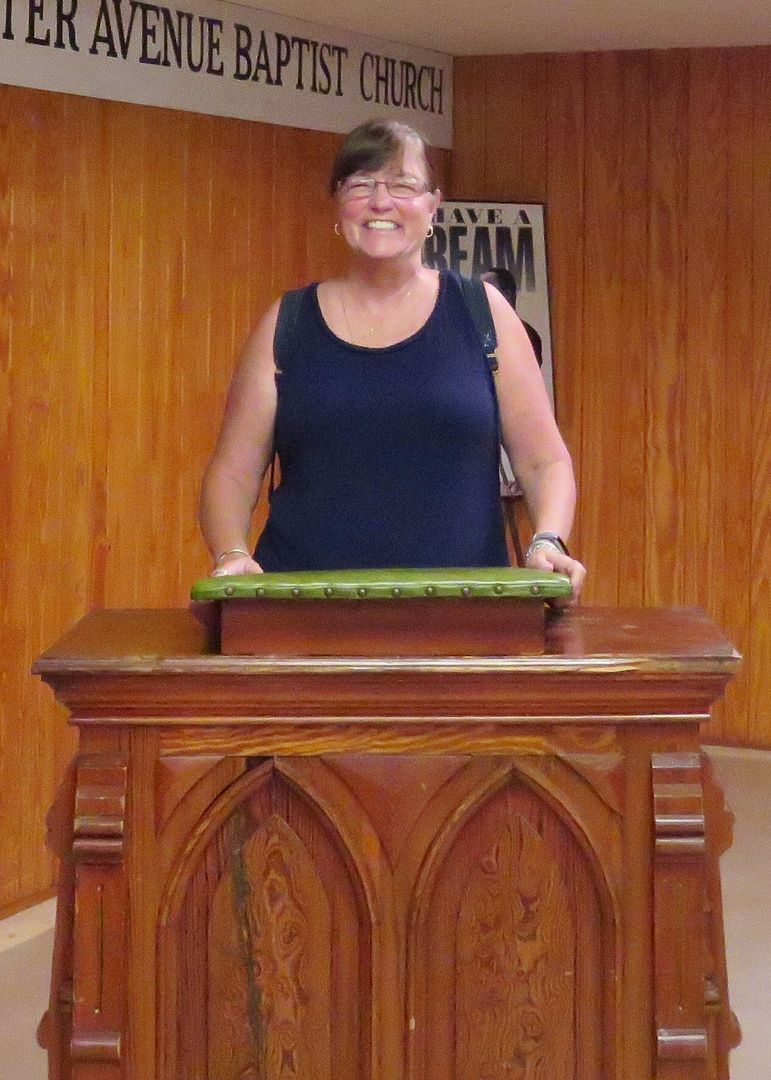
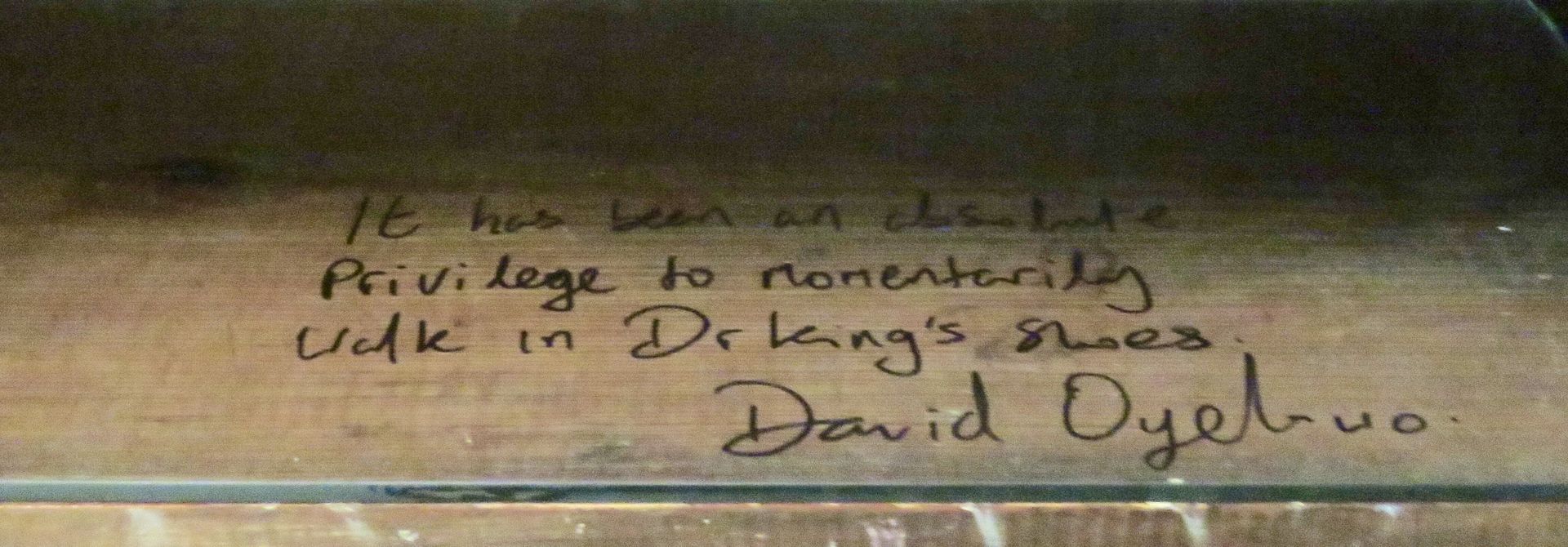
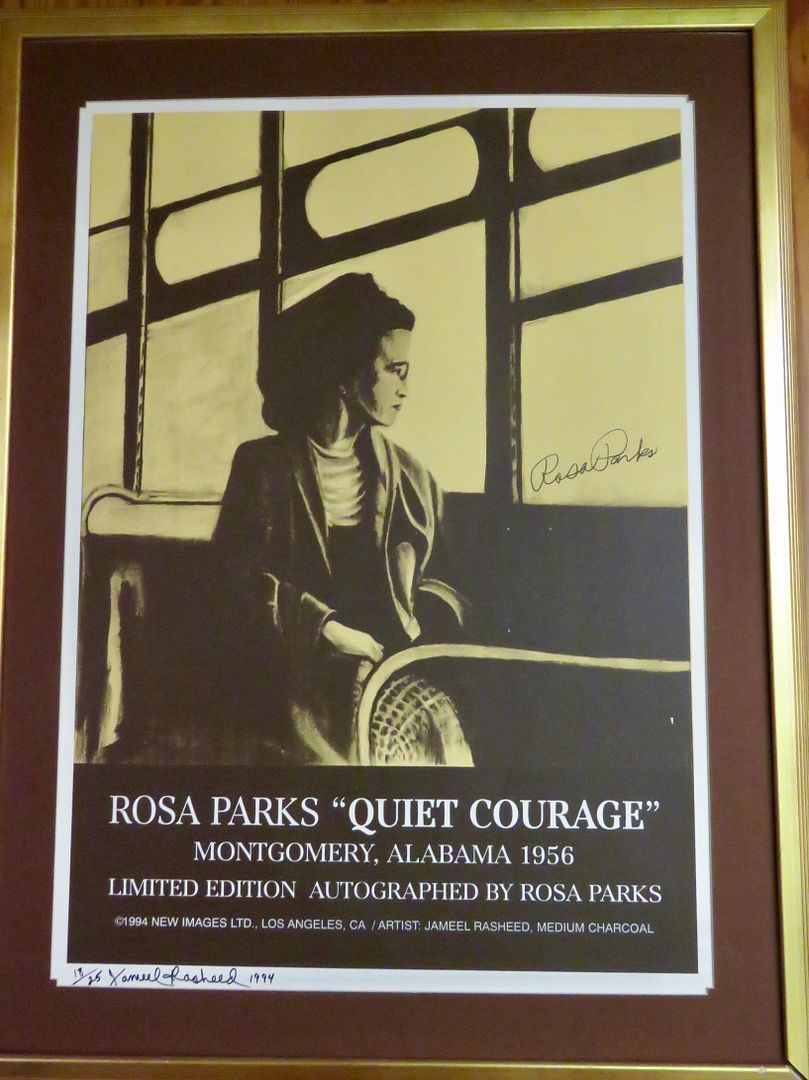
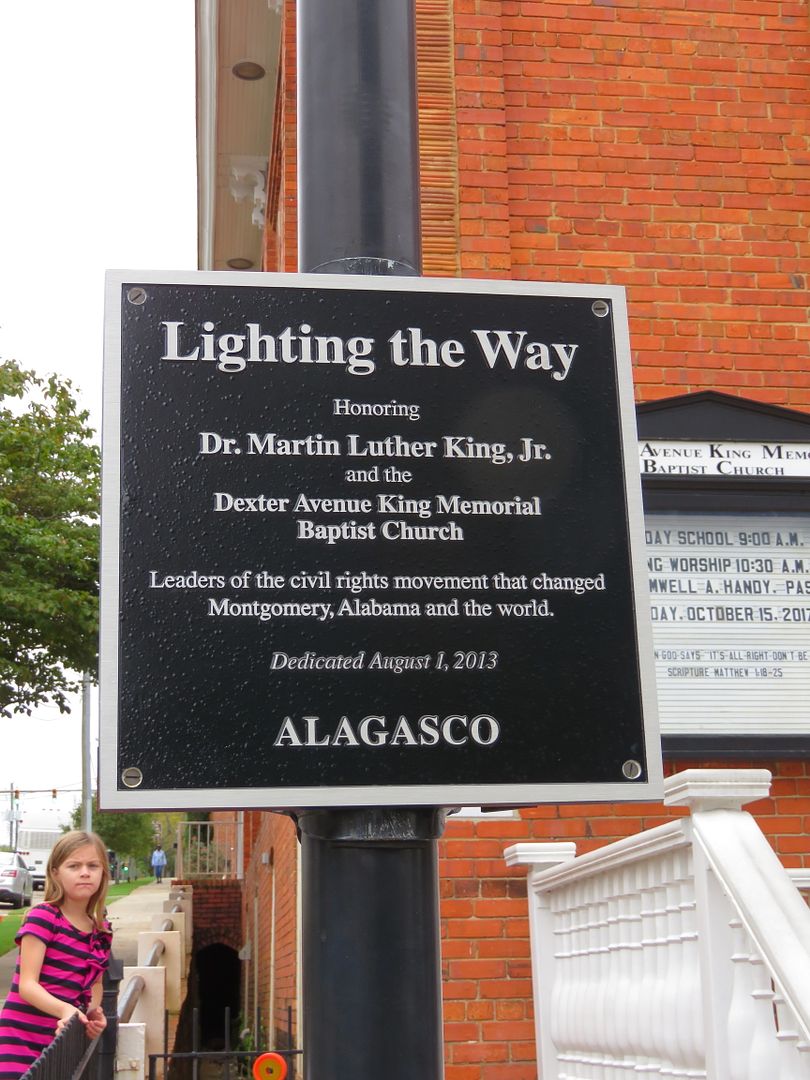

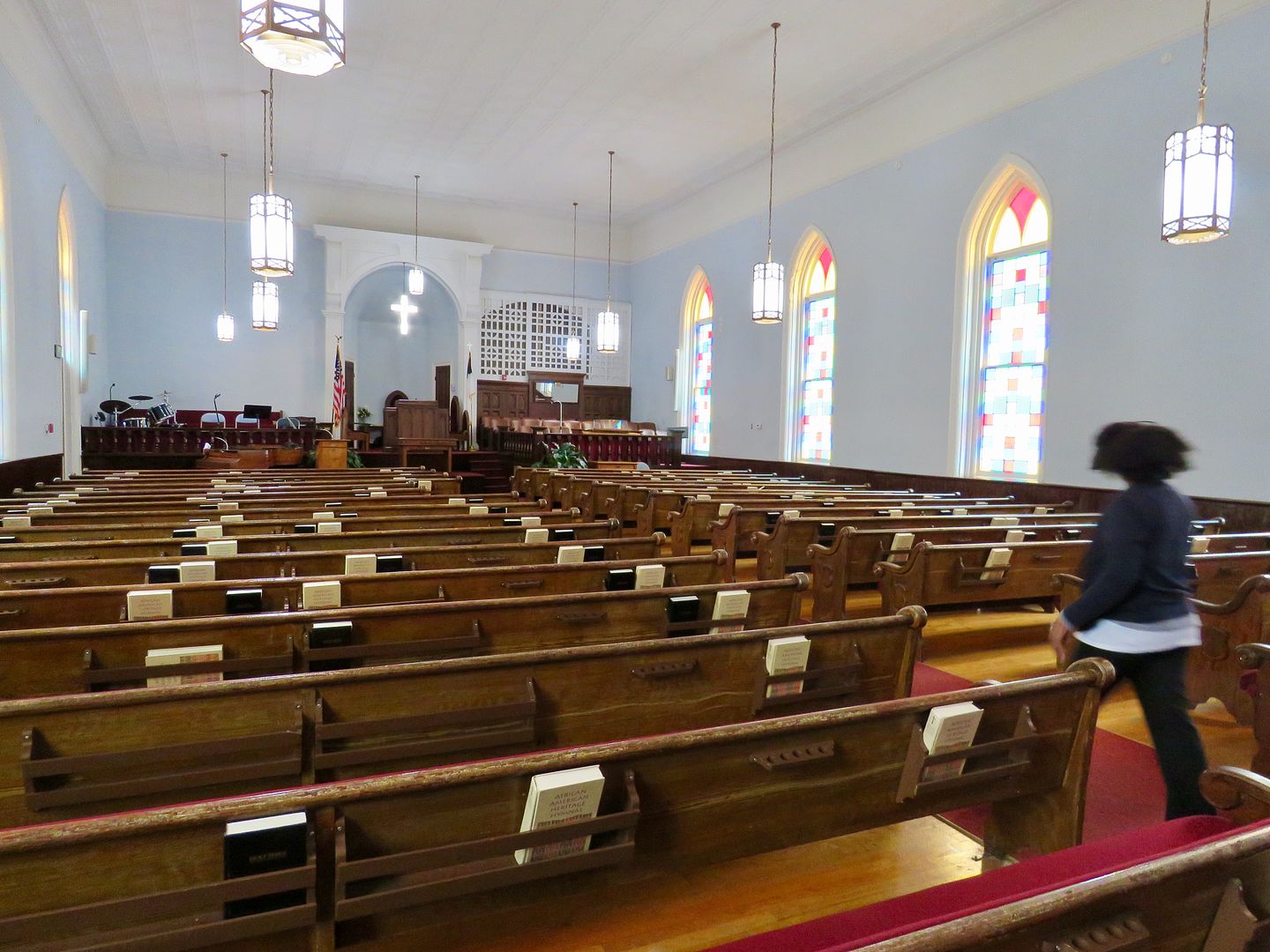
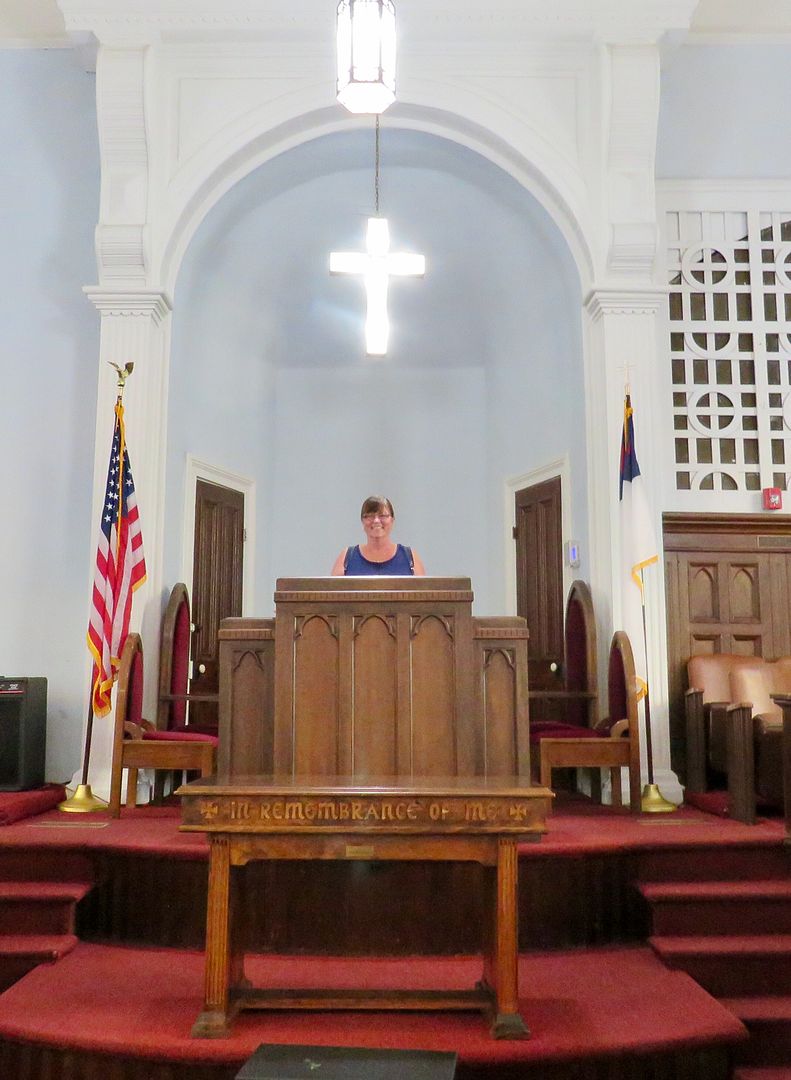
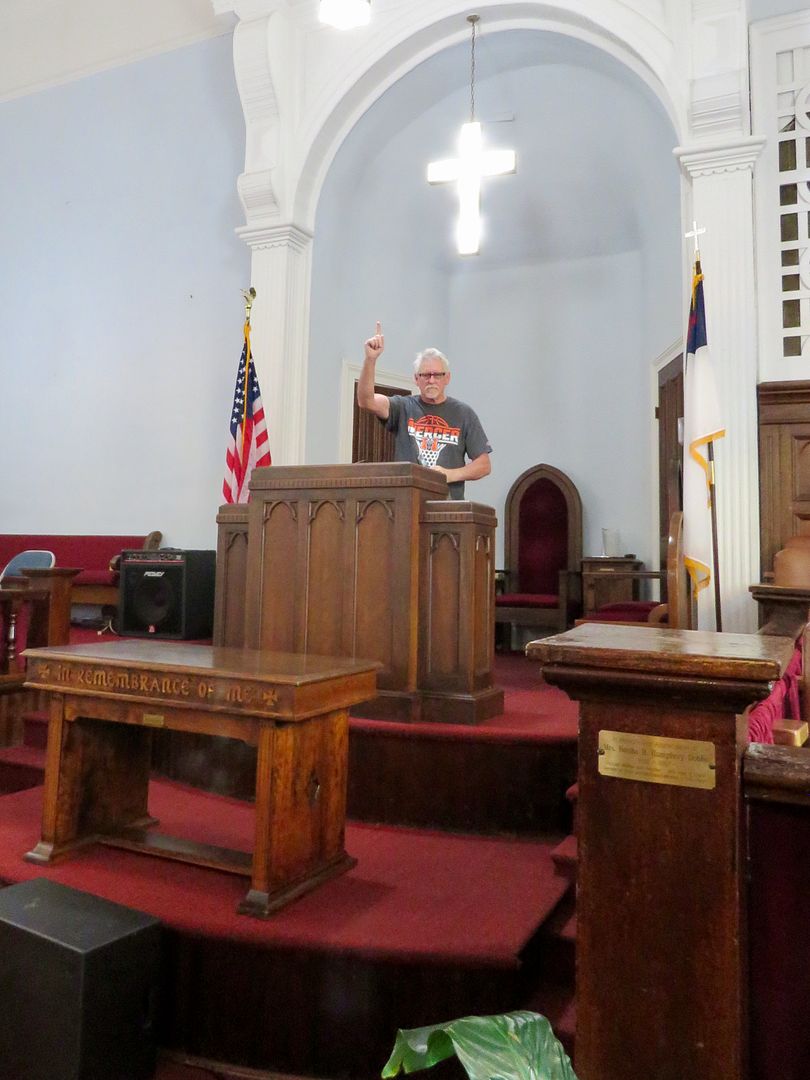
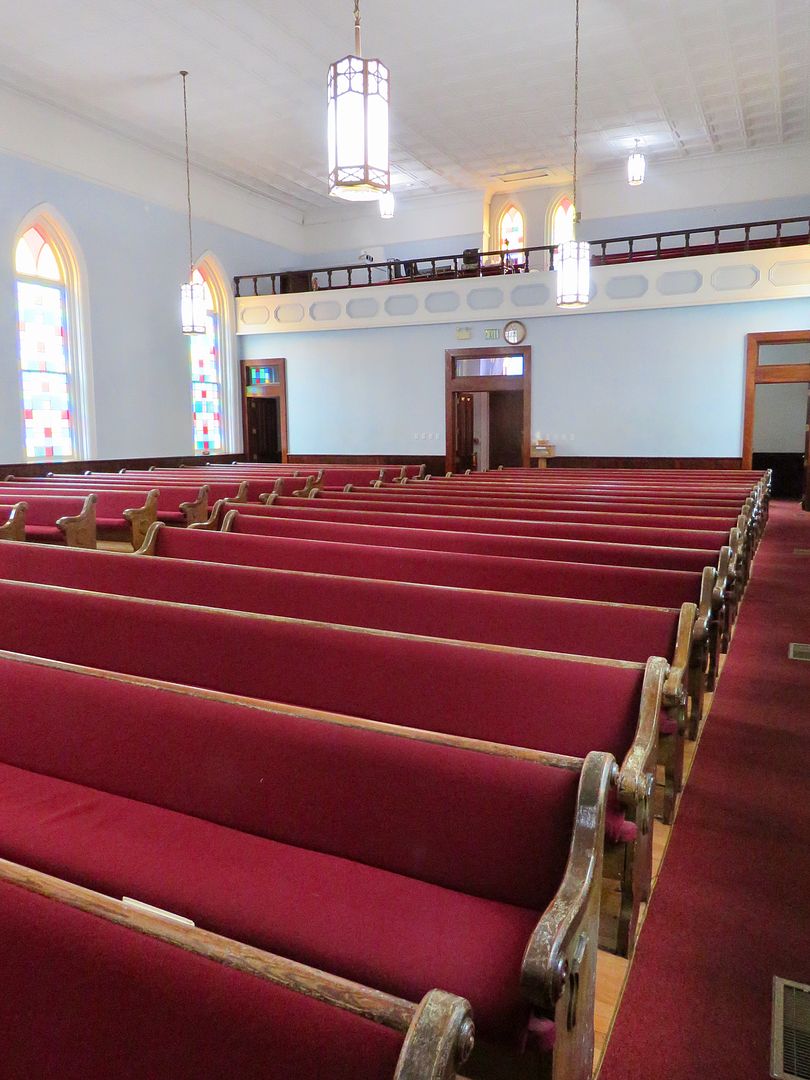

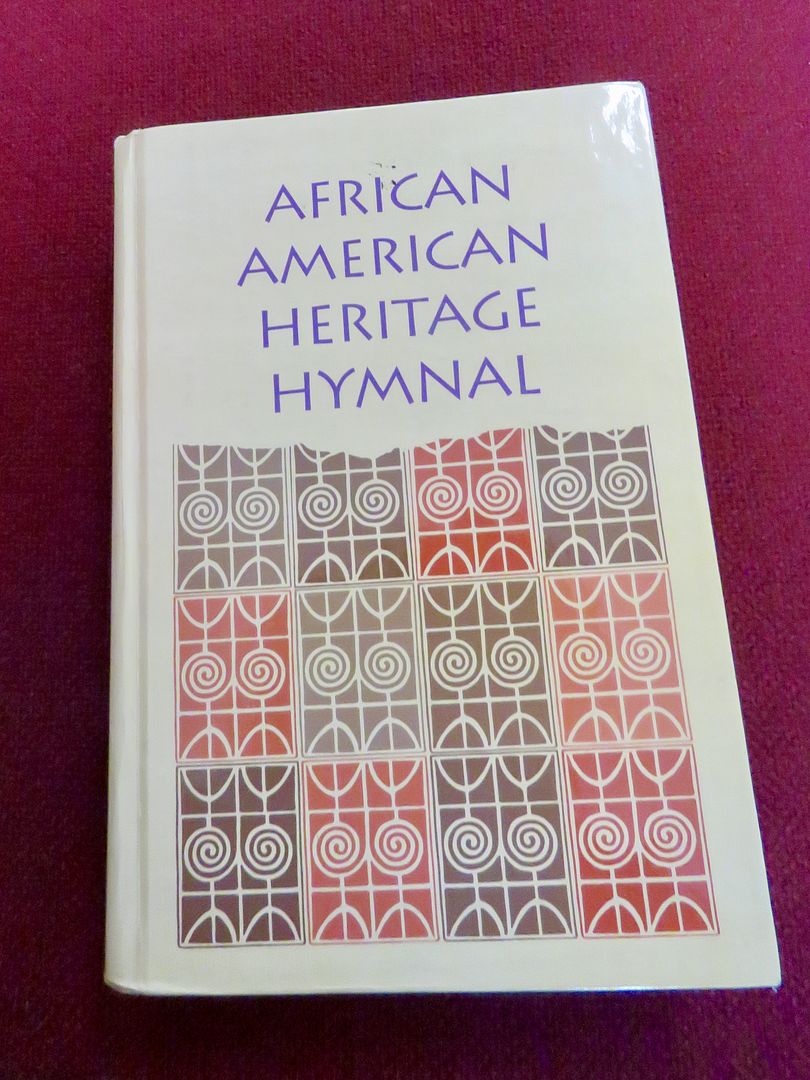
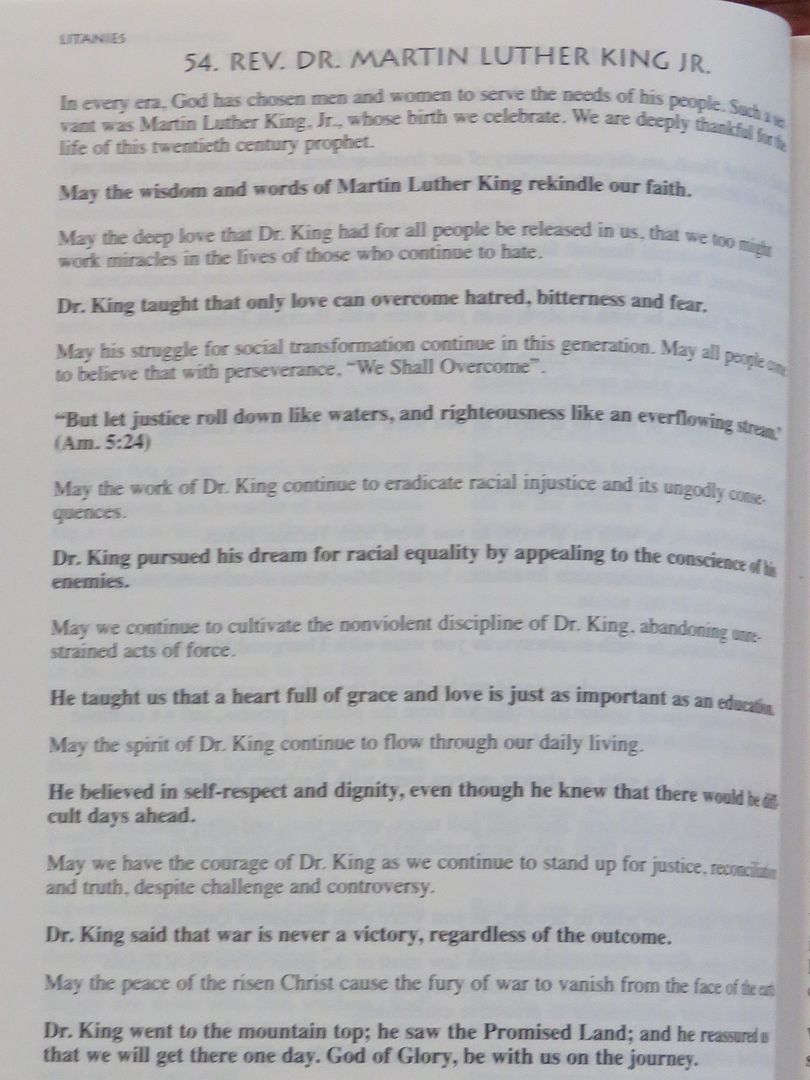
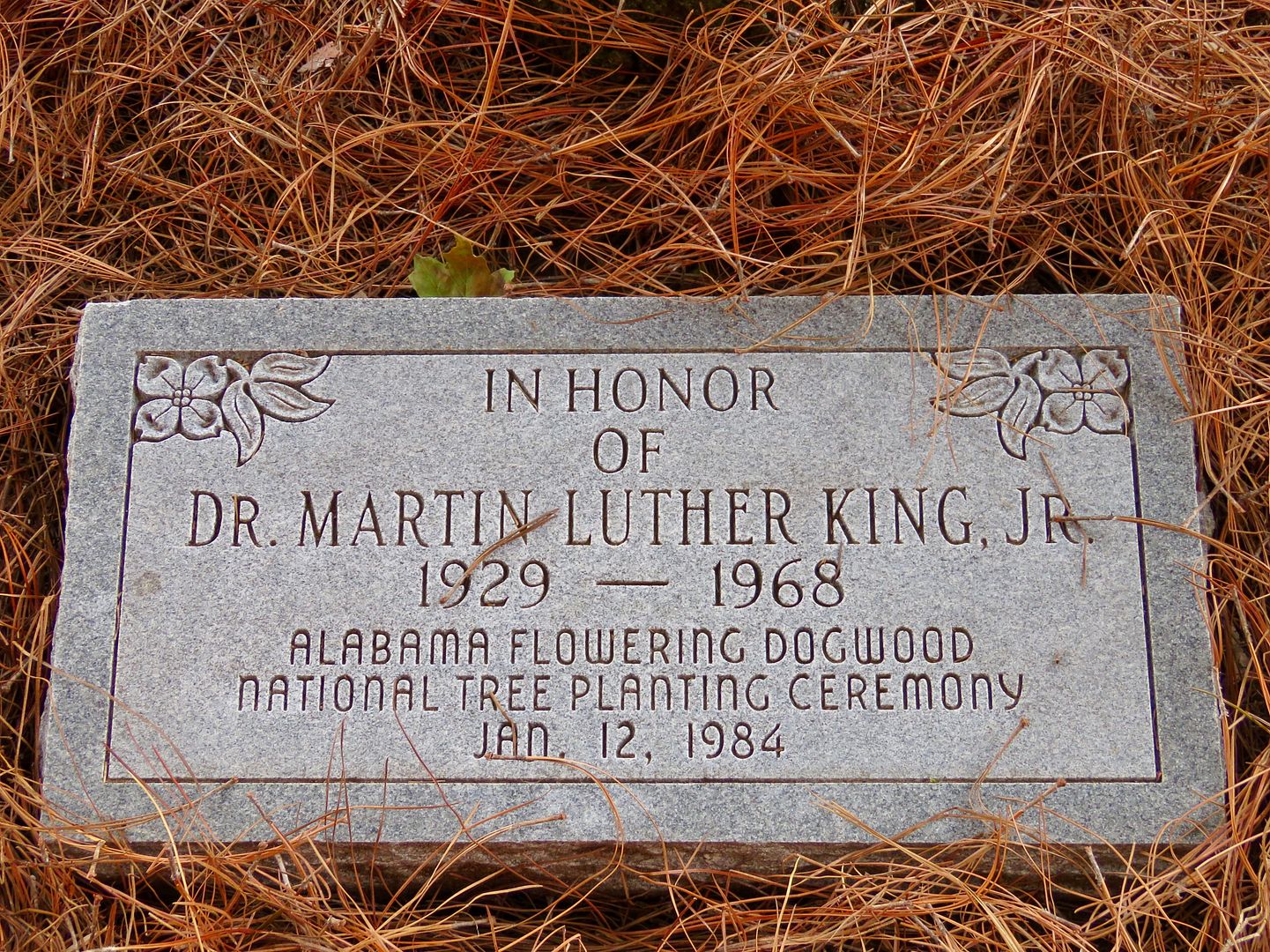

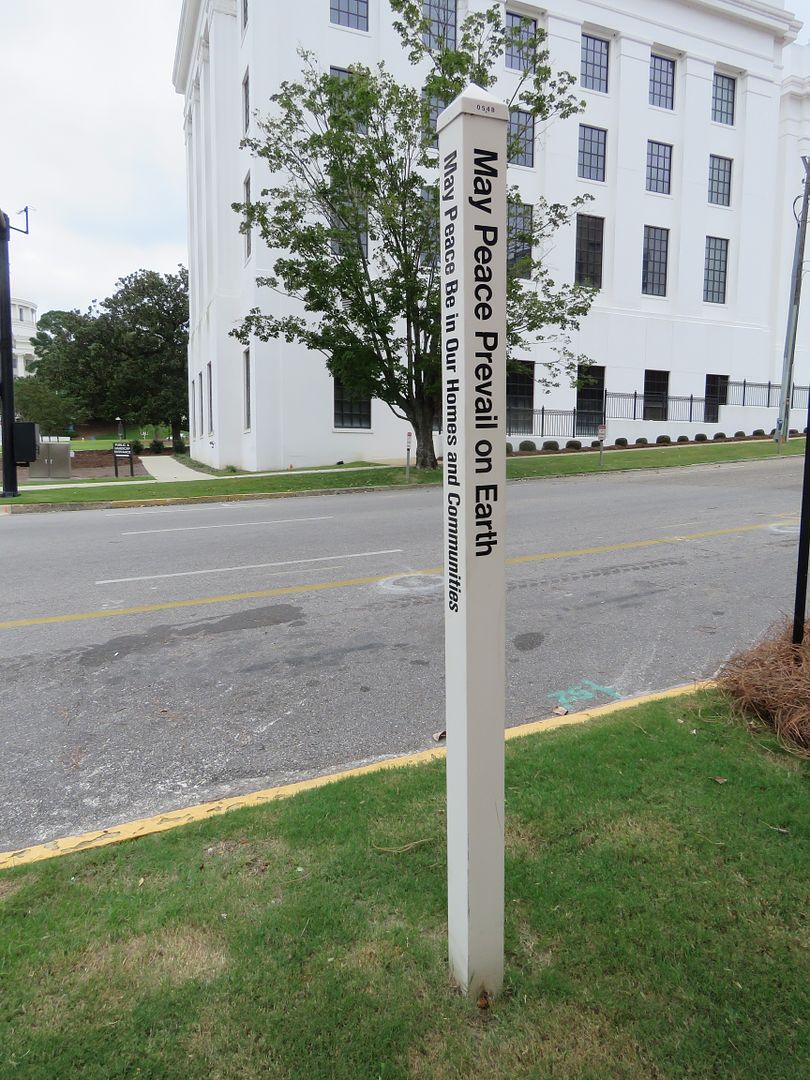
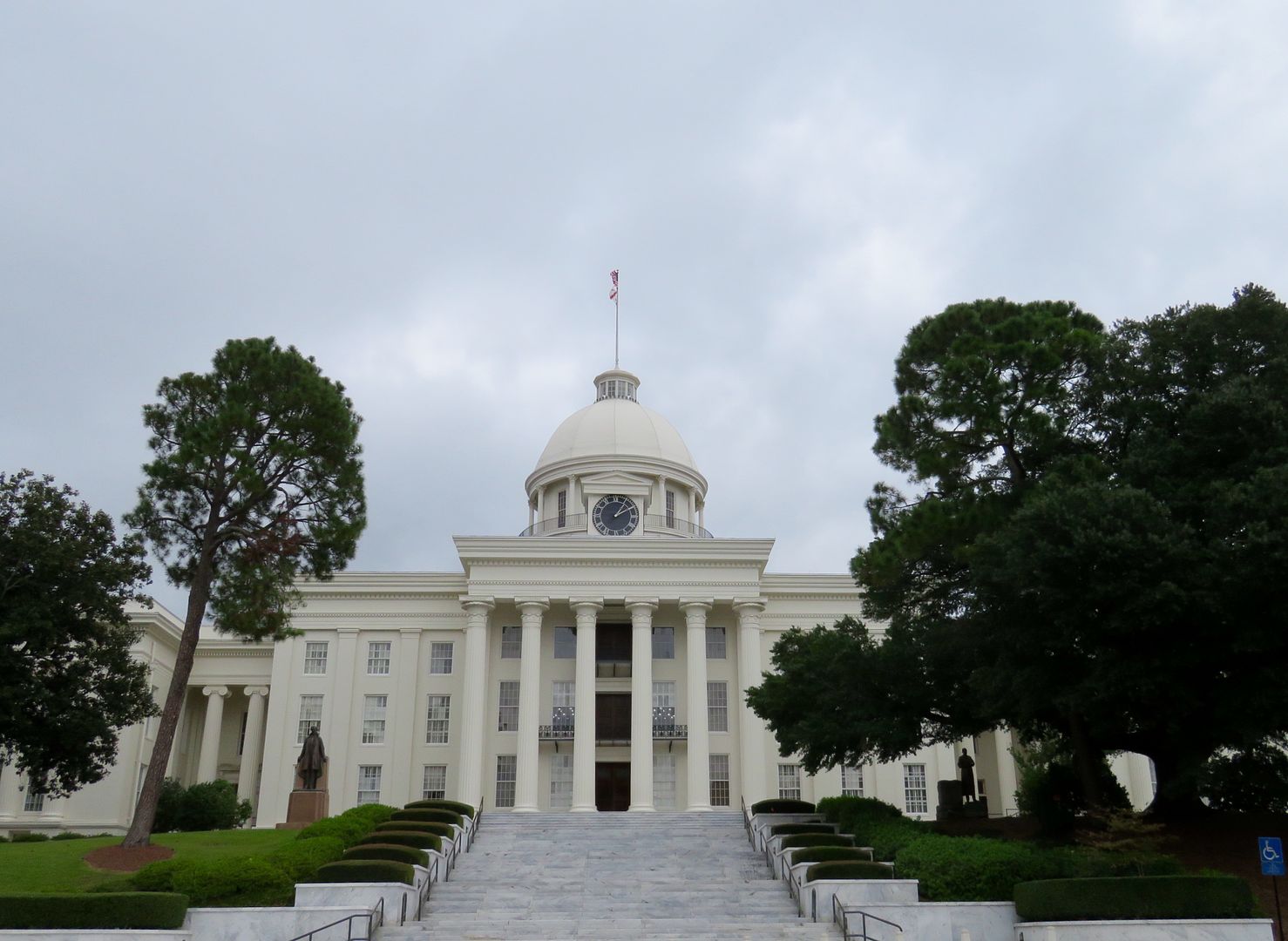
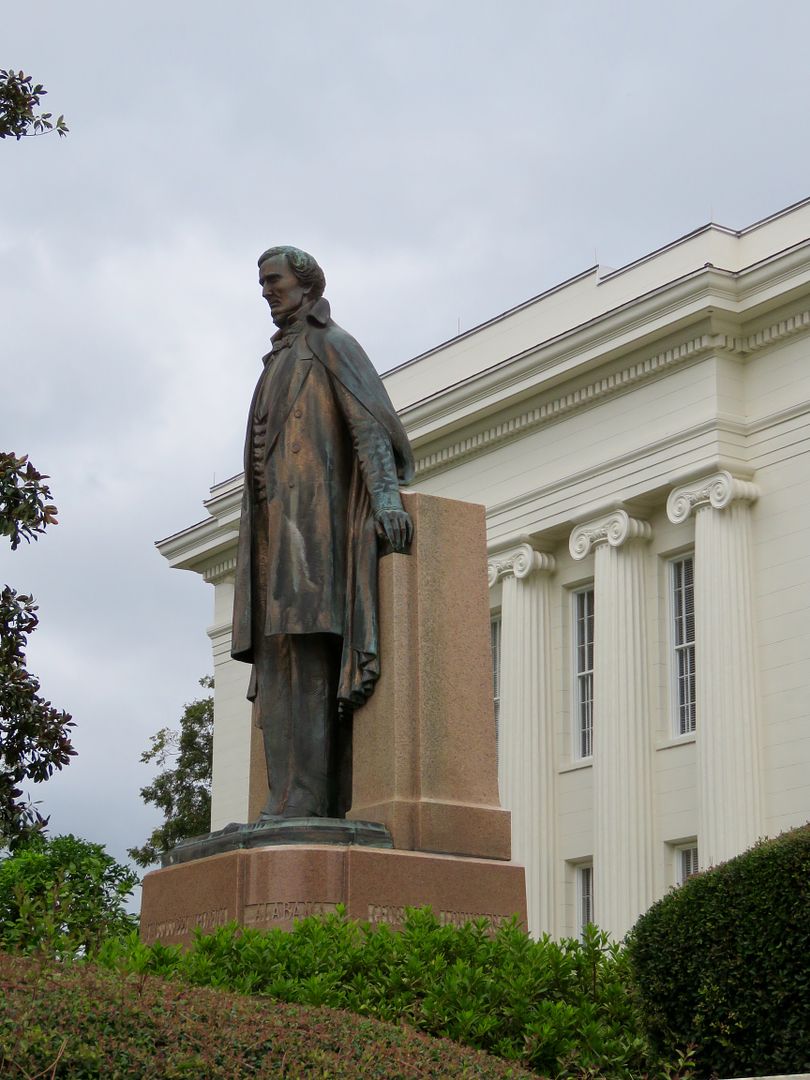
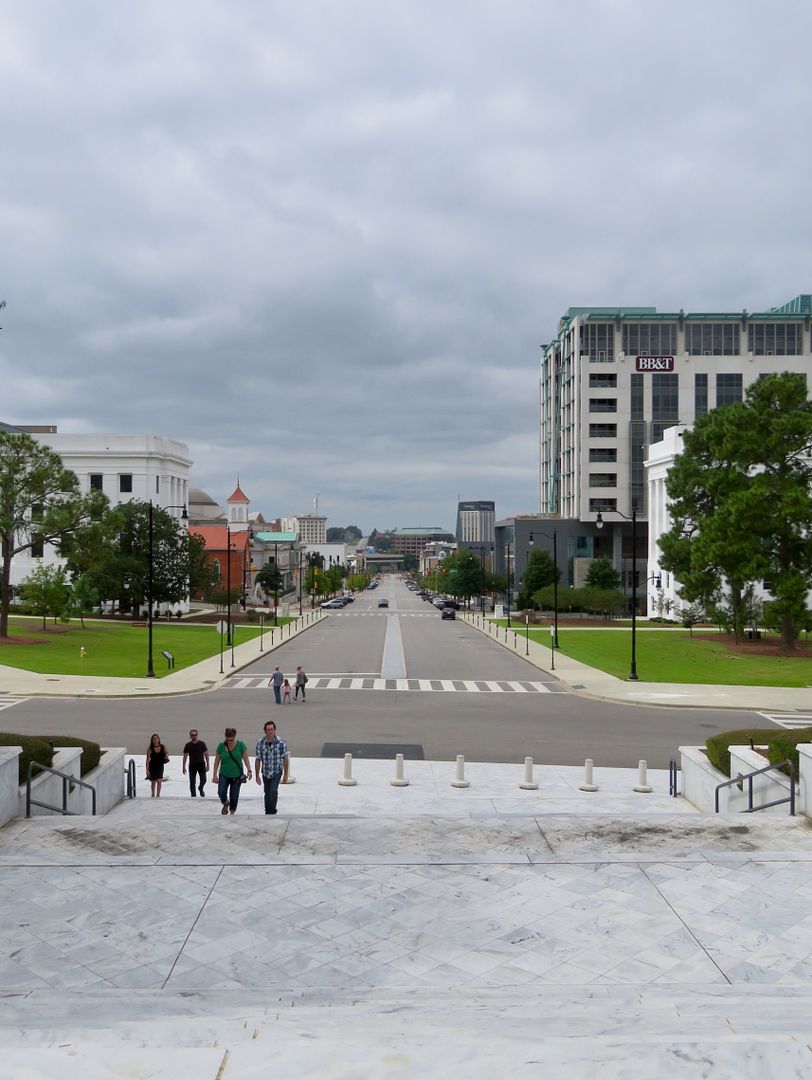
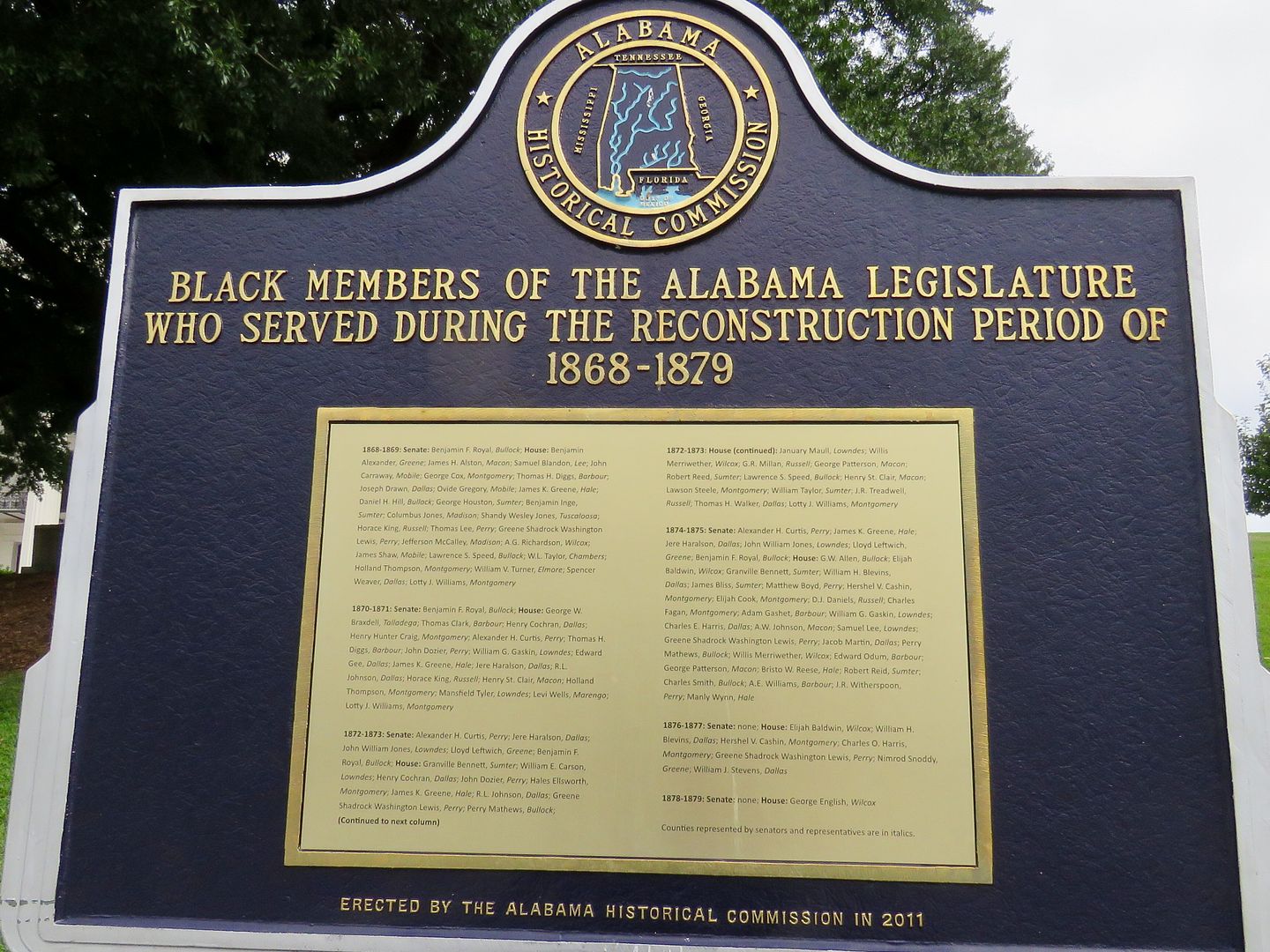

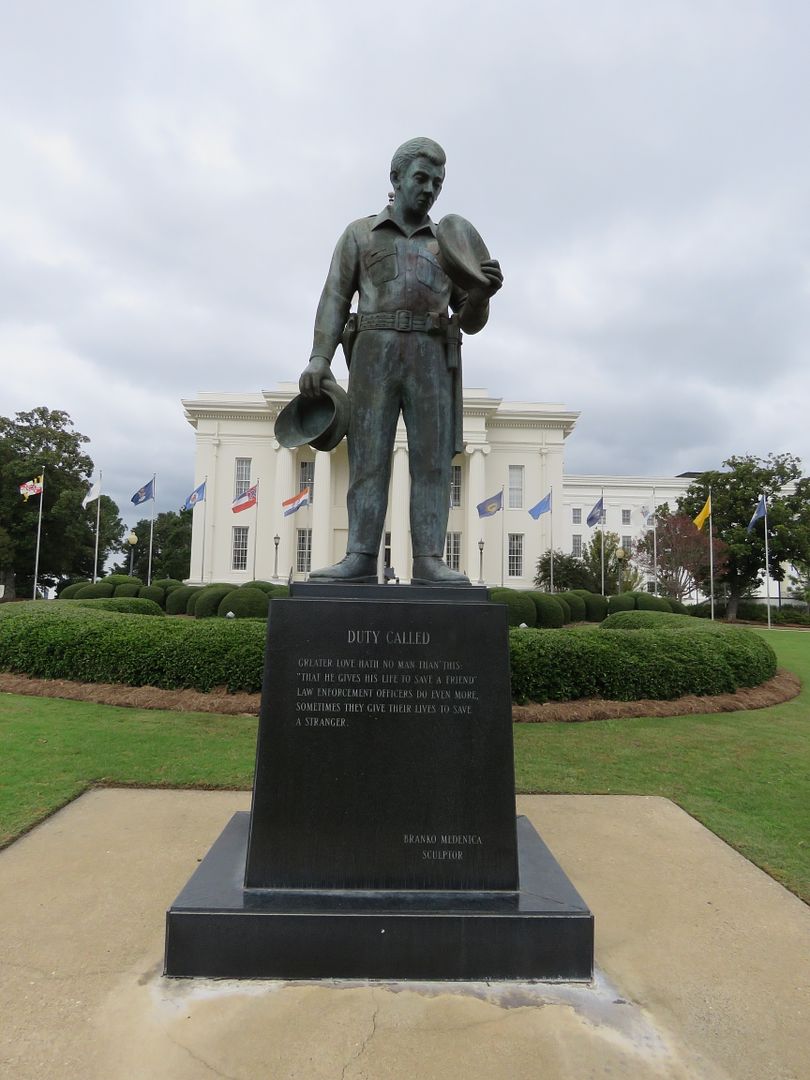
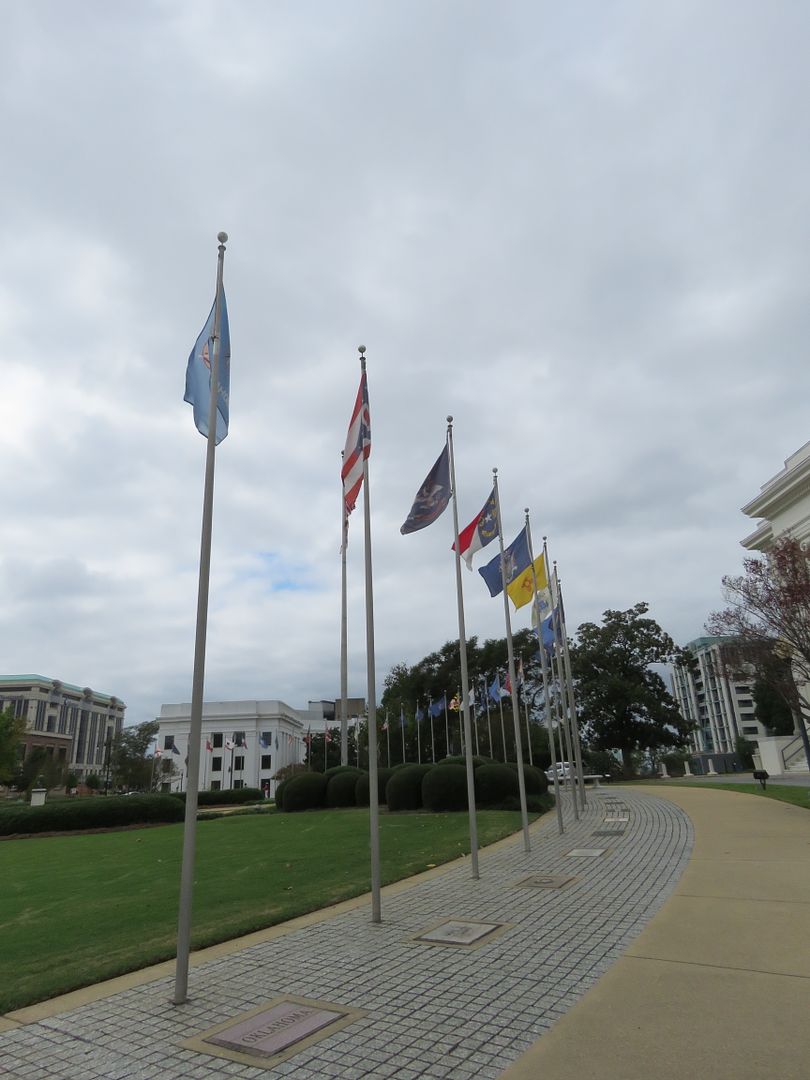

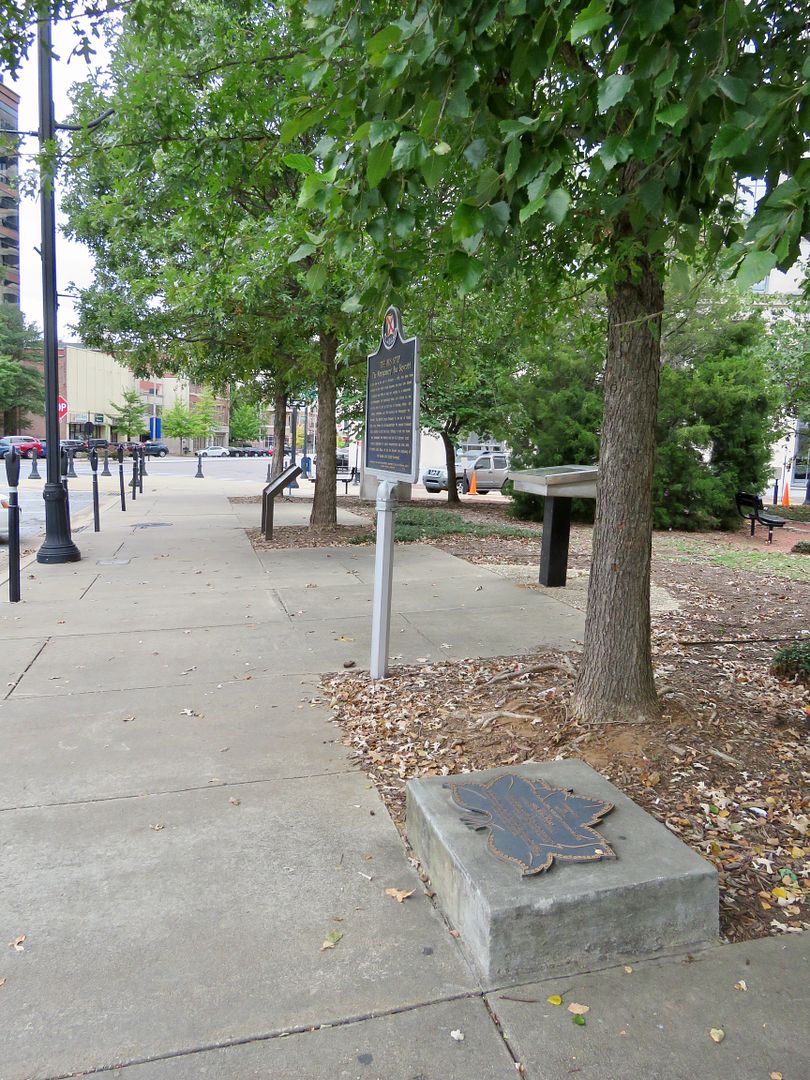
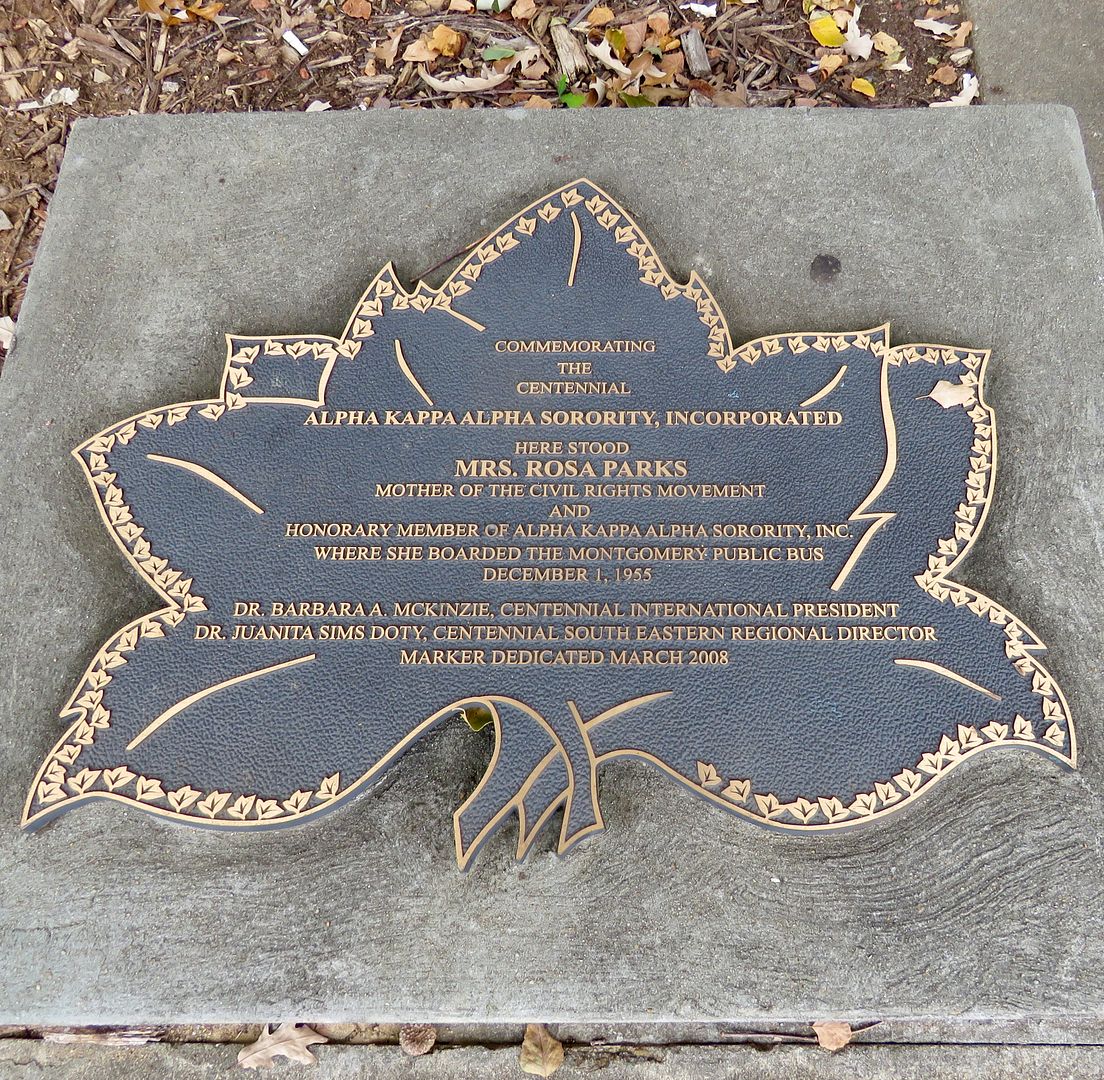
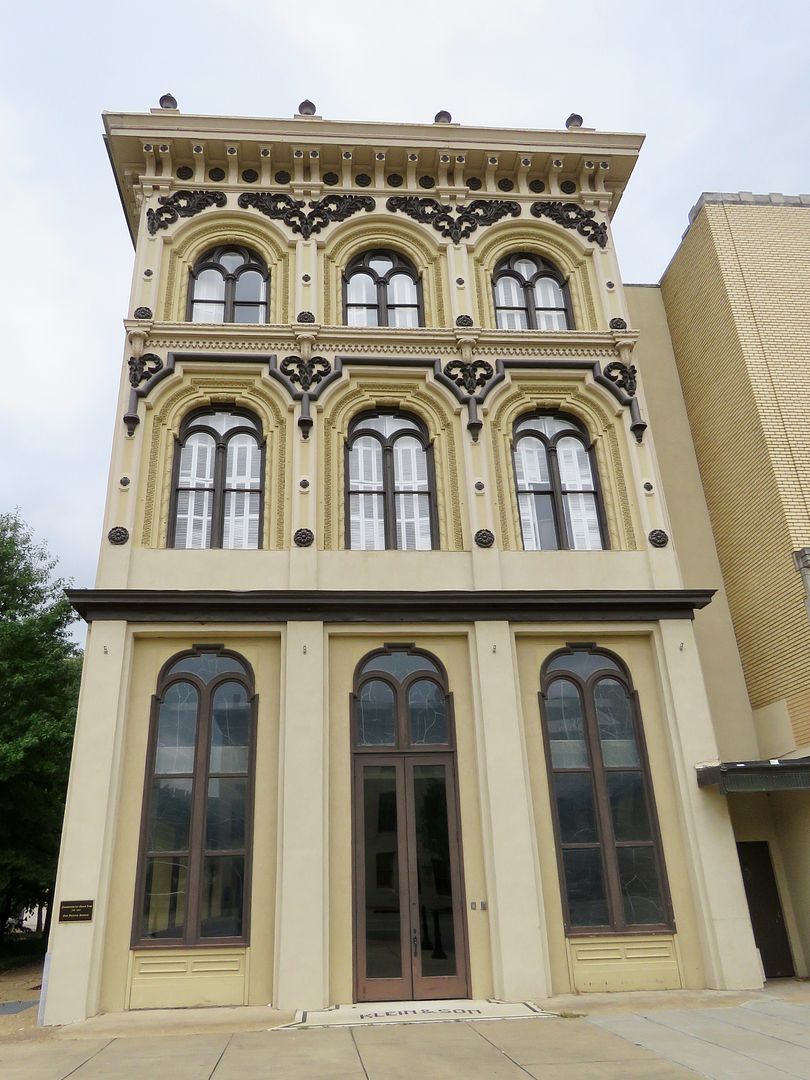
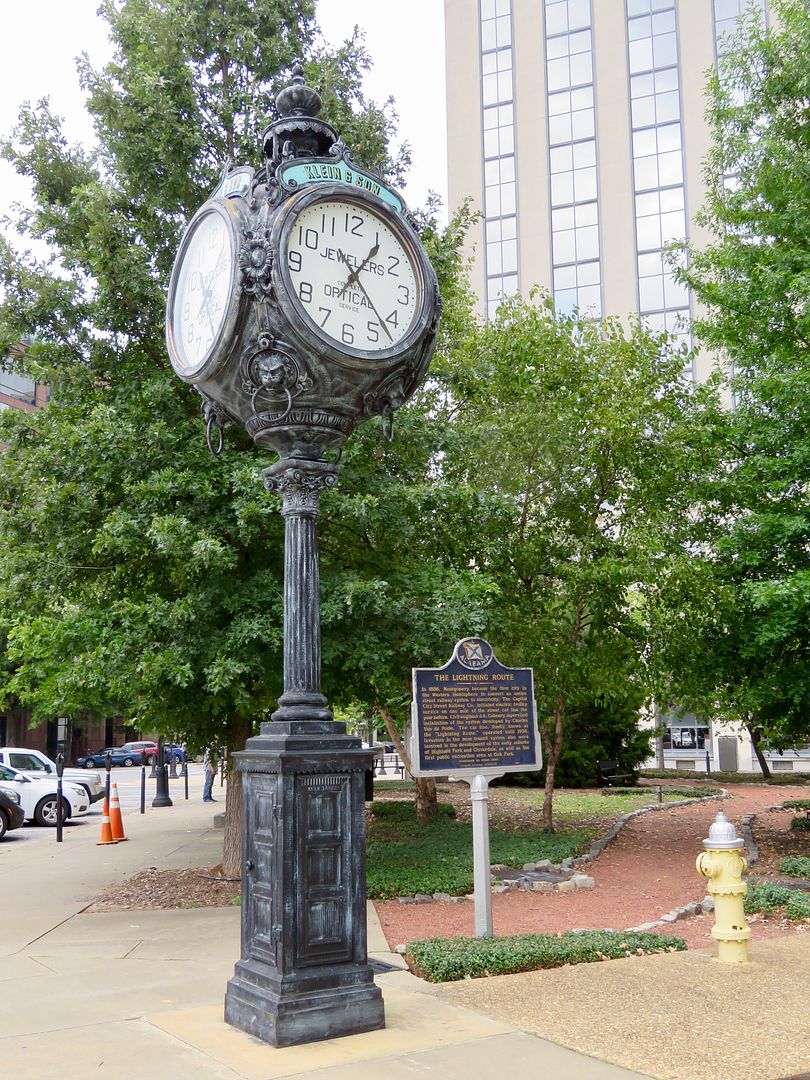
No comments:
Post a Comment